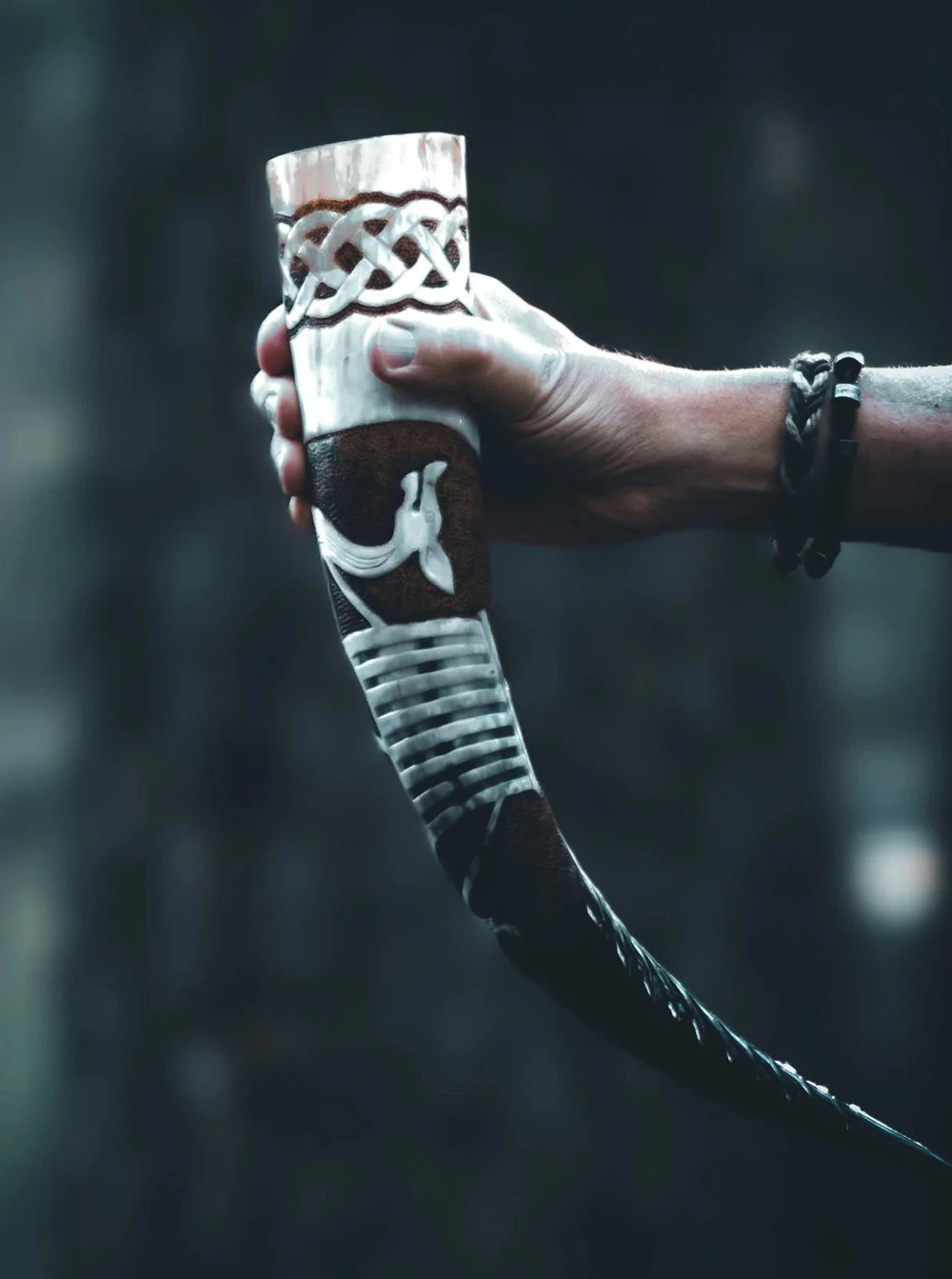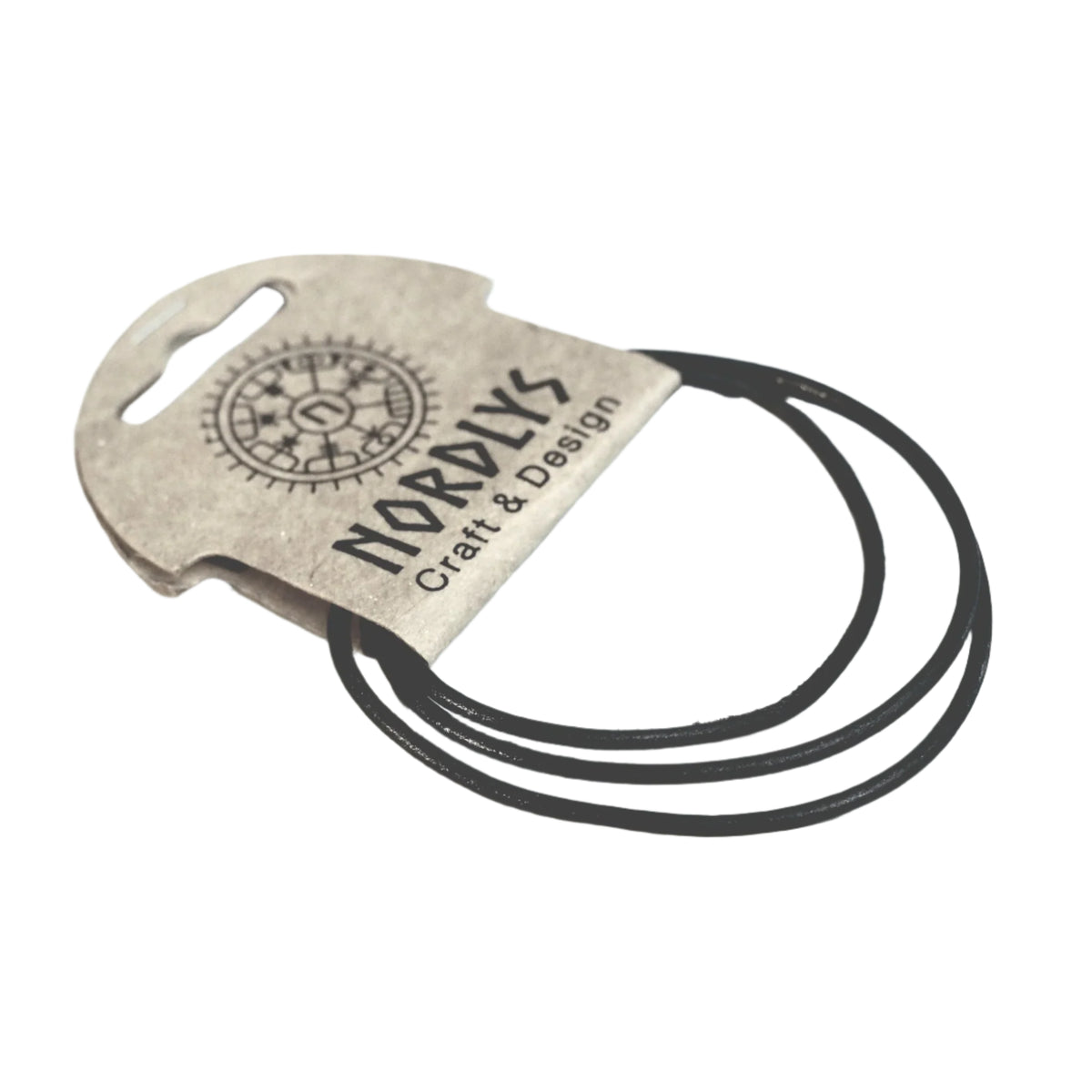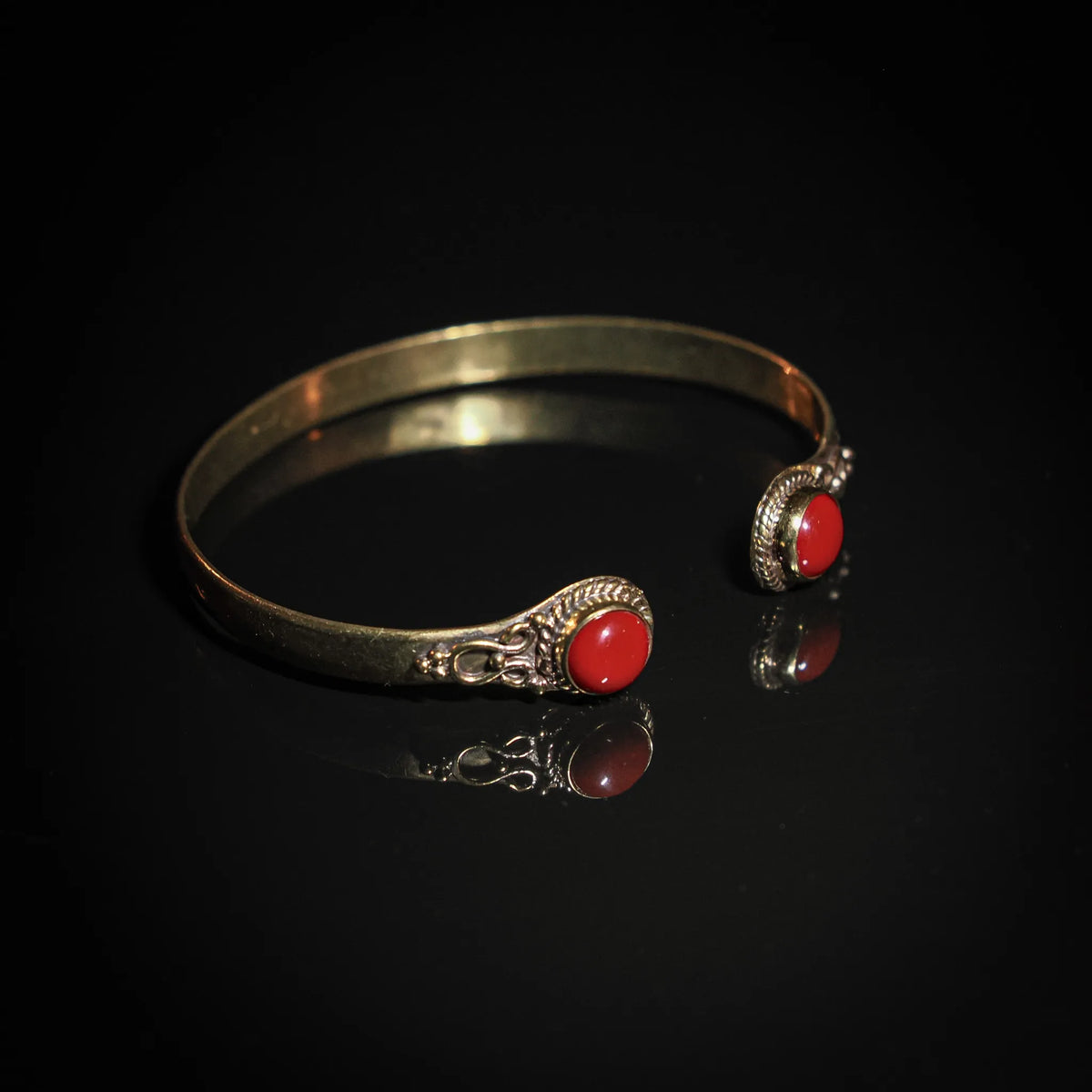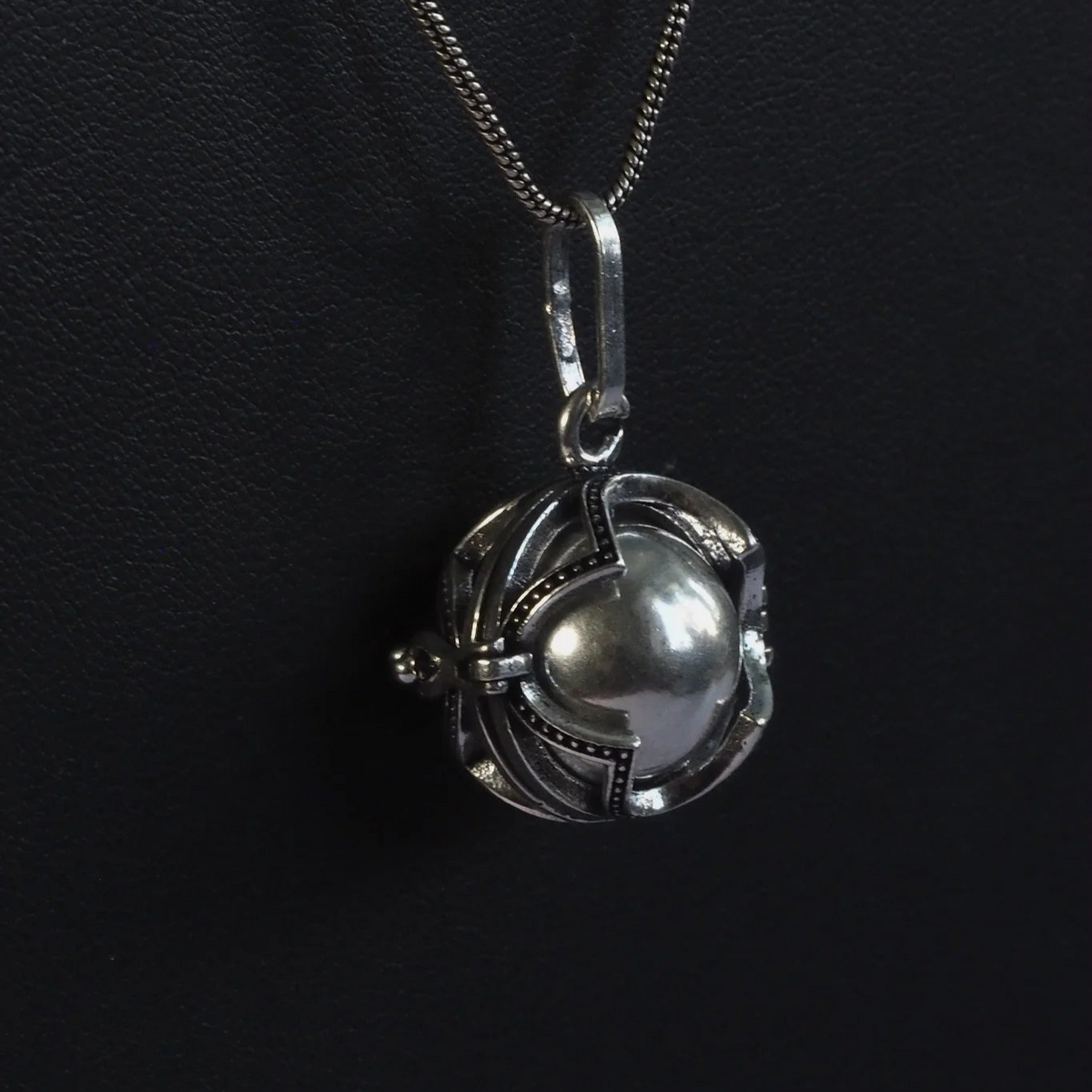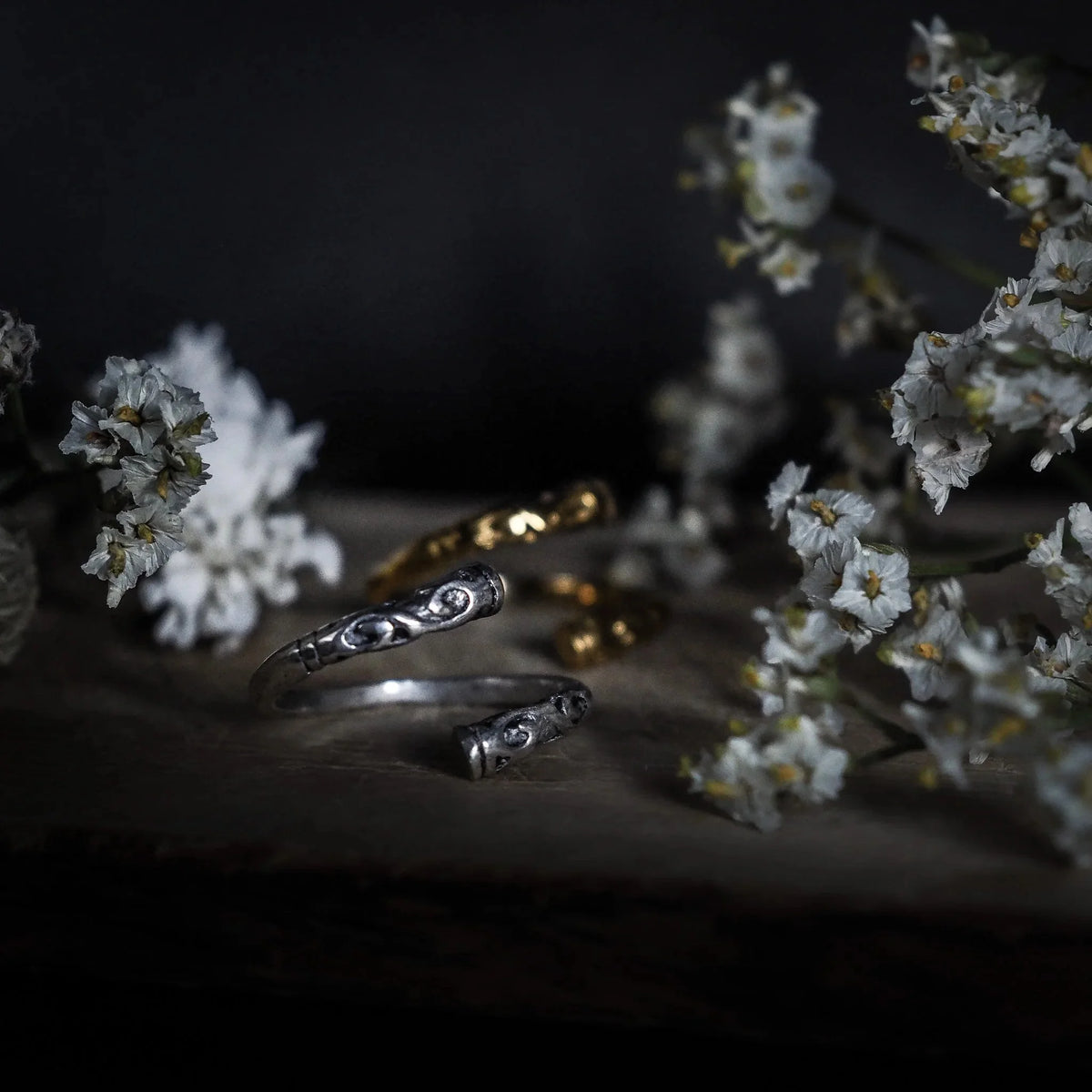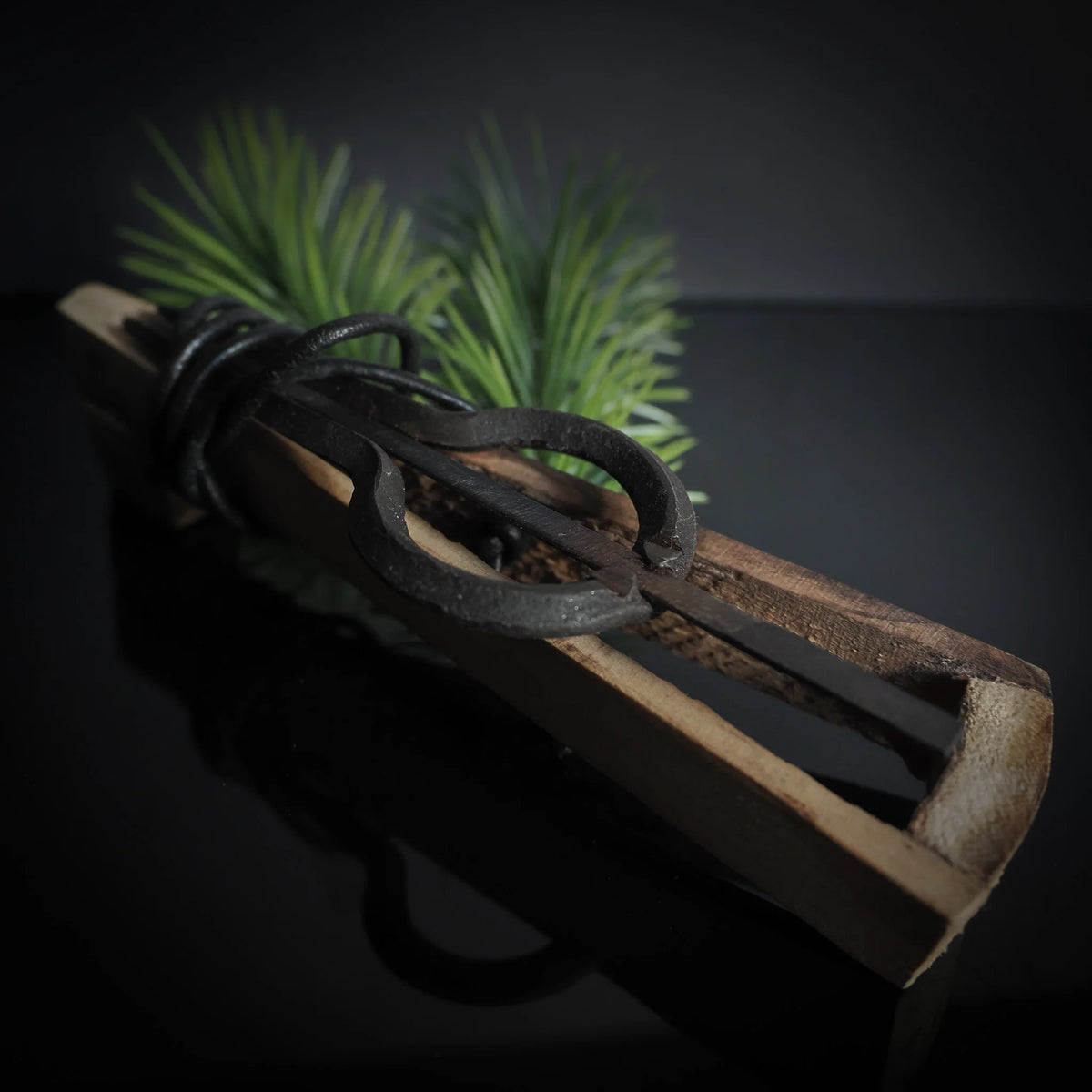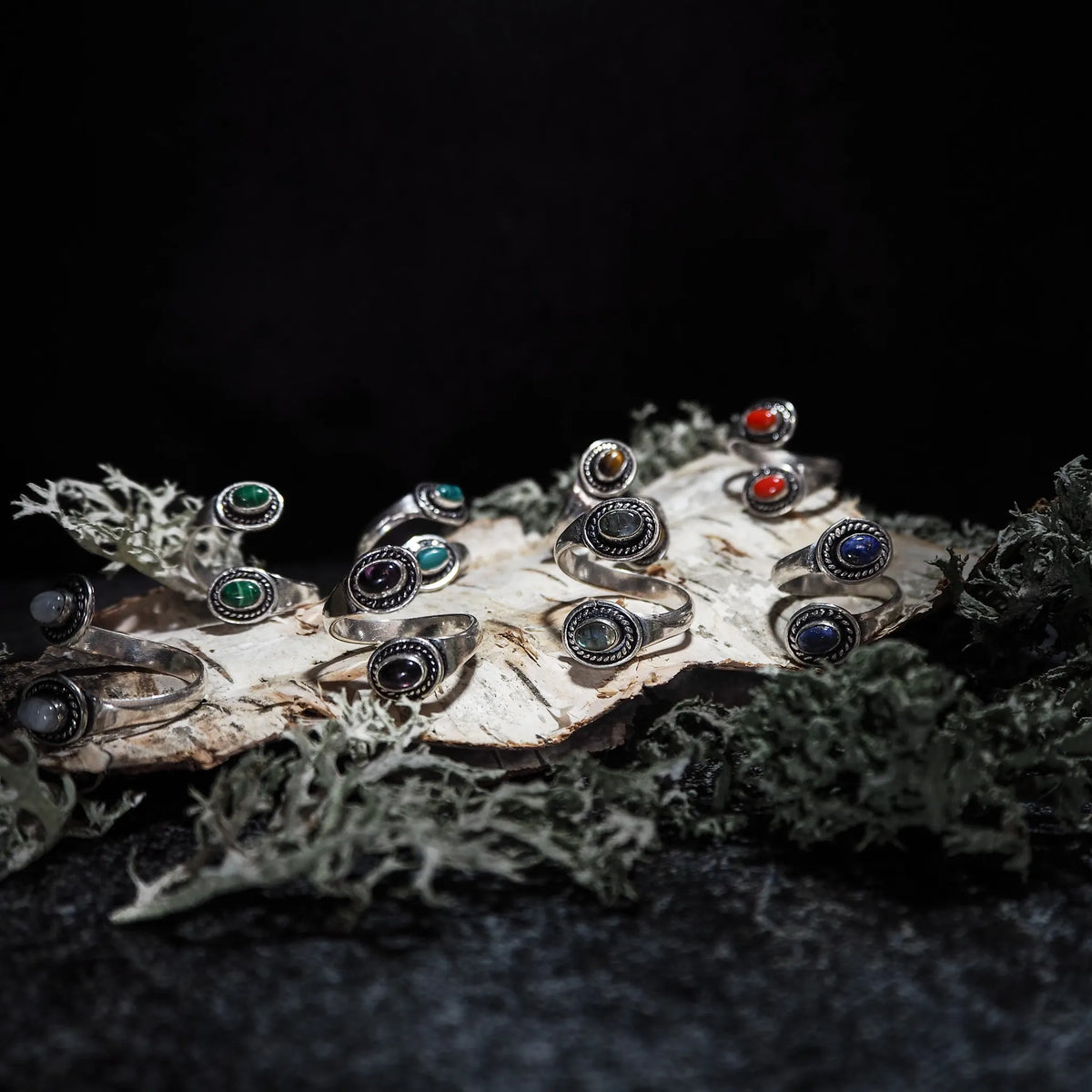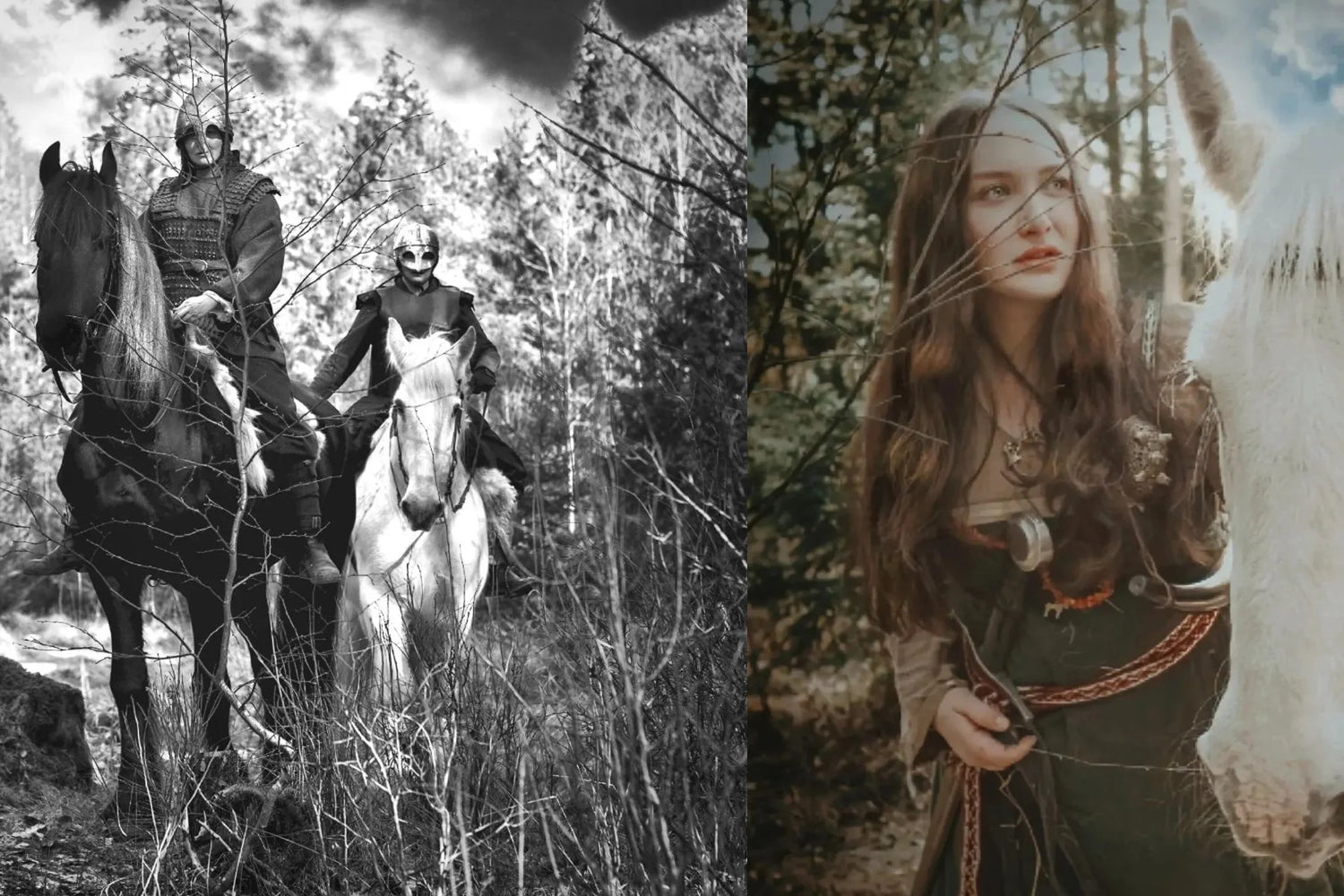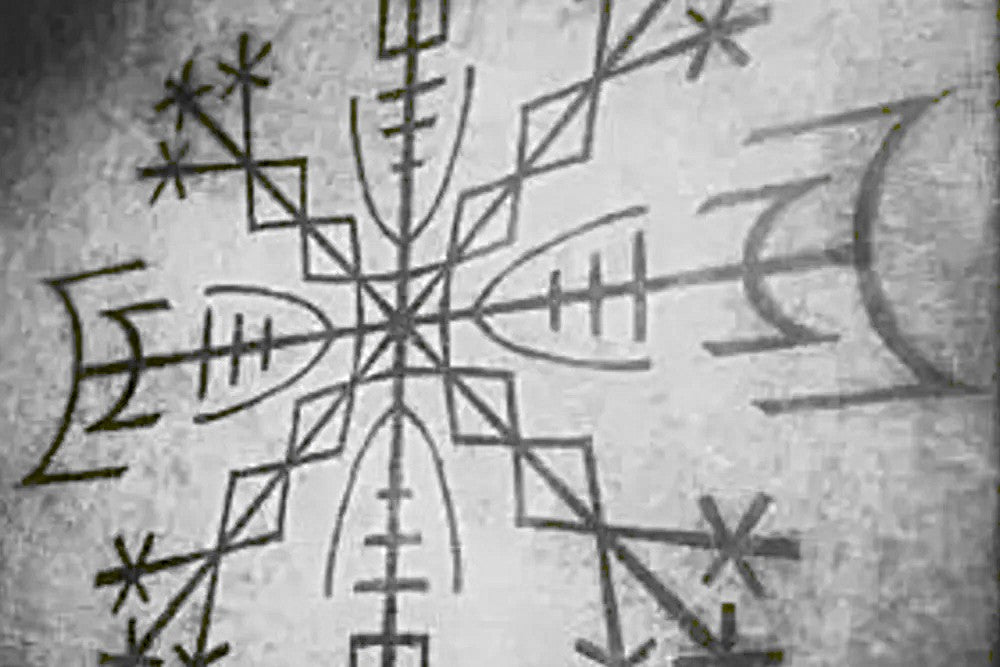Many believe that the Viking Age was a male-dominated era. That armed men in warships ruled and set, created the kingdom and plundered monasteries, while the women sat at home on the farm and plowed. The archeology and the written sources show a different picture. Viking Age graves say that men and women had different symbols and roles, but that there were wealthy and powerful people of both sexes.
Viking Age women were considered almost equal to men. Women could be anything from housewives and priestesses to head of the farm, merchant, artisan, maid and so on.
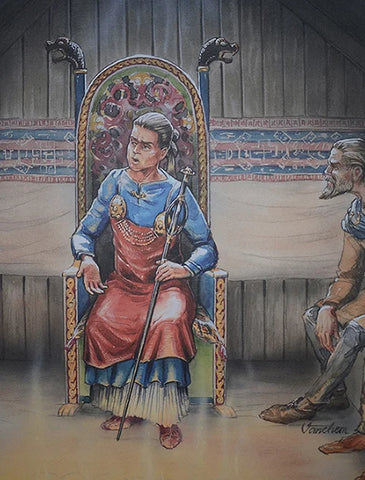
The woman in the picture from the Historical Museum is called "mistress of Öland" because she was probably the leader of a wealthy Öland family based in Köpingsvik.
Some researchers believe that there were special female magicians.
Ceremonial sticks, like the one above, from Köpingsvik, may indicate that. They are found in women's graves at the same time as the written sources speak of female cult leaders such as Völur, meaning staff bearer.
The Old Norse female cult leader was called völva, which means staff bearer. The staff was used in sejden, which meant, among other things, communicating with gods and other beings and predicting the future. It is therefore exciting that the woman brought a staff to the grave. Presumably she was a völva. Her staff is made of iron and bronze and the small house on top of the staff is unique.
The staff shows her leading position in the Old Norse religion and is at the same time a clear aristocratic symbol.
The power over the center of the world.
The Viking Age woman's position as housewife meant that she was the obvious head of the farm and household. This can be seen in the fact that the key was one of her clearest symbols. Keys have been found in many Viking Age women's graves. Long ago, the key symbolized power over the household. For a modern person, this may seem like a kind of limitation. Like women had that responsibility instead of a public power. But since the farm was the very center of the Viking Age man's world view, you shouldn't see it that way.
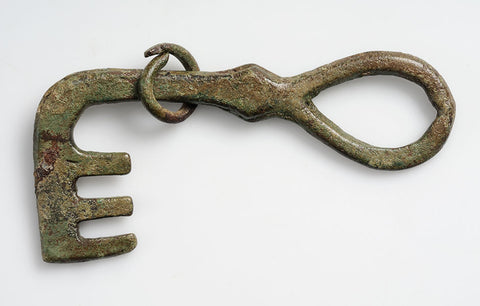
Runestones traveler
Women could pay for the travel of rune stones. It was an outward and public act of great importance. There are many stones where the inscriptions say that they were erected by women.
Textile Craft
Textile implements are common in the women's graves. There are small pulleys for dragonflies that were spun with, needles, scissors and sometimes wool combs or irons. With an iron you could make linen shiny.
Sagan's women

Woman with fine dress, hair up and a drinking cup in her hand. Seizure from Öland. Inventory no: 128. Photo: Gabriel Hildebrand/SHM
Njal's saga was written in Iceland during the 13th century, but is based on a much older tradition. The story is about a quarrel between Gunnar and Njal's families. The tale seems to depict a male society, where the men's fights and quarrels dominate the story. But if you look more closely at the story the men are really almost like marionettes. The women control the events in the background, but never participate in the battles themselves. The bloodthirsty Hallgerd, for a time Gunnar's wife, manages to get two husbands, a foster father, and many others killed for small things.
Source: The Historical Museum.
Cover photo: Madeleine Arkona Åberg and Lilly Molin Norlin on the horses Armani and Goliath from Hästravaganza. Photo: Jenny Wande
